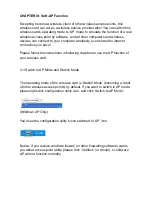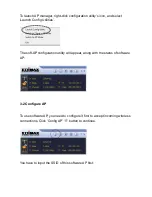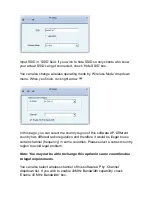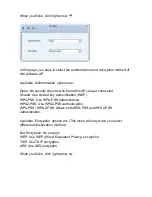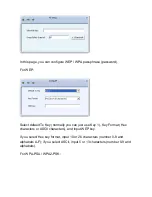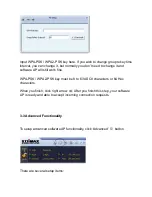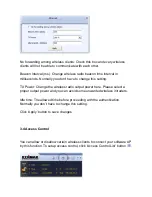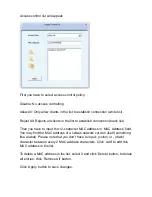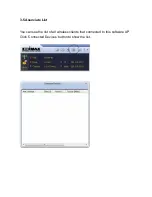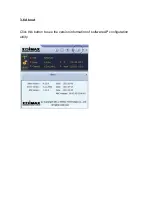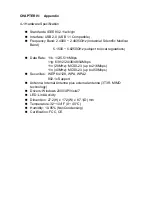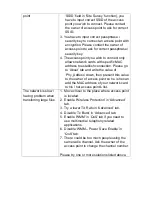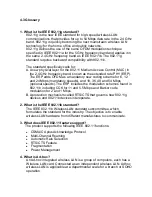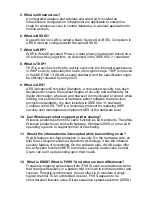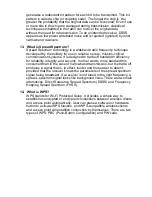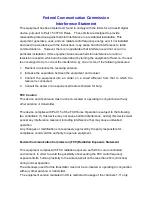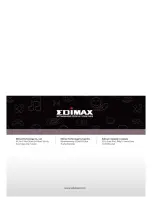
5. What is Infrastructure?
An integrated wireless and wireless and wired LAN is called an
Infrastructure configuration. Infrastructure is applicable to enterprise
scale for wireless access to central database, or wireless application for
mobile workers.
6. What is BSS ID?
A specific Ad hoc LAN is called a Basic Service Set (BSS). Computers in
a BSS must be configured with the same BSS ID.
7. What is WEP?
WEP is Wired Equivalent Privacy, a data privacy mechanism based on a
40 bit shared key algorithm, as described in the IEEE 802 .11 standard.
8. What is TKIP?
TKIP is a quick-fix method to quickly overcome the inherent weaknesses
in WEP security, especially the reuse of encryption keys. TKIP is involved
in the IEEE 802.11i WLAN security standard, and the specification might
be officially released by early 2003.
9. What is AES?
AES (Advanced Encryption Standard), a chip-based security, has been
developed to ensure the highest degree of security and authenticity for
digital information, wherever and however communicated or stored, while
making more efficient use of hardware and/or software than previous
encryption standards. It is also included in IEEE 802.11i standard.
Compare with AES, TKIP is a temporary protocol for replacing WEP
security until manufacturers implement AES at the hardware level.
10. Can Wireless products support printer sharing?
Wireless products perform the same function as LAN products. Therefore,
Wireless products can work with Netware, Windows 2000, or other LAN
operating systems to support printer or file sharing.
11. Would the information be intercepted while transmitting on air?
WLAN features two-fold protection in security. On the hardware side, as
with Direct Sequence Spread Spectrum technology, it has the inherent
security feature of scrambling. On the software side, WLAN series offer
the encryption function (WEP) to enhance security and Access Control.
Users can set it up depending upon their needs.
12. What is DSSS? What is FHSS? And what are their differences?
Frequency-hopping spread-spectrum (FHSS) uses a narrowband carrier
that changes frequency in a pattern that is known to both transmitter and
receiver. Properly synchronized, the net effect is to maintain a single
logical channel. To an unintended receiver, FHSS appears to be
short-duration impulse noise. Direct-sequence spread-spectrum (DSSS)
Summary of Contents for EW-7733UnD
Page 1: ......
Page 20: ...Windows will prompt you for establish connection also...
Page 36: ......
Page 56: ......

